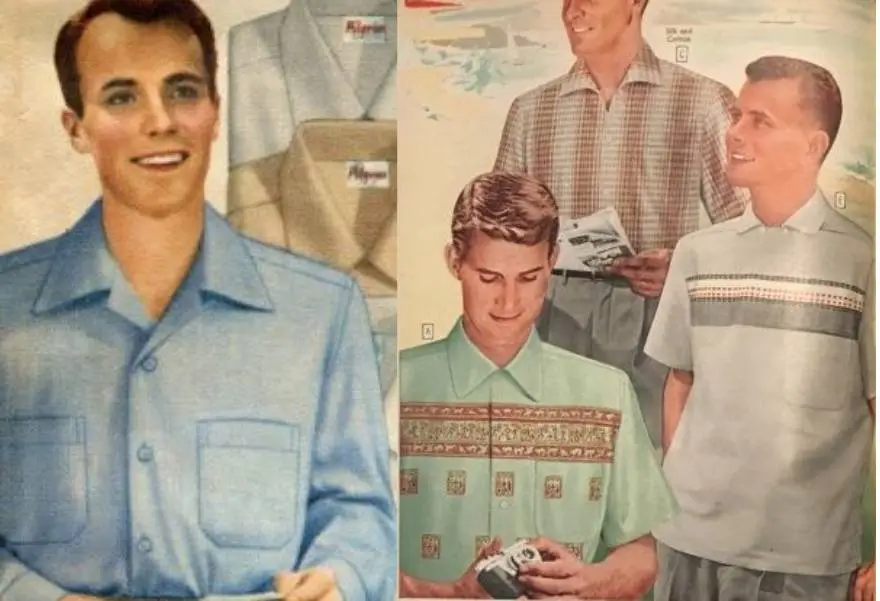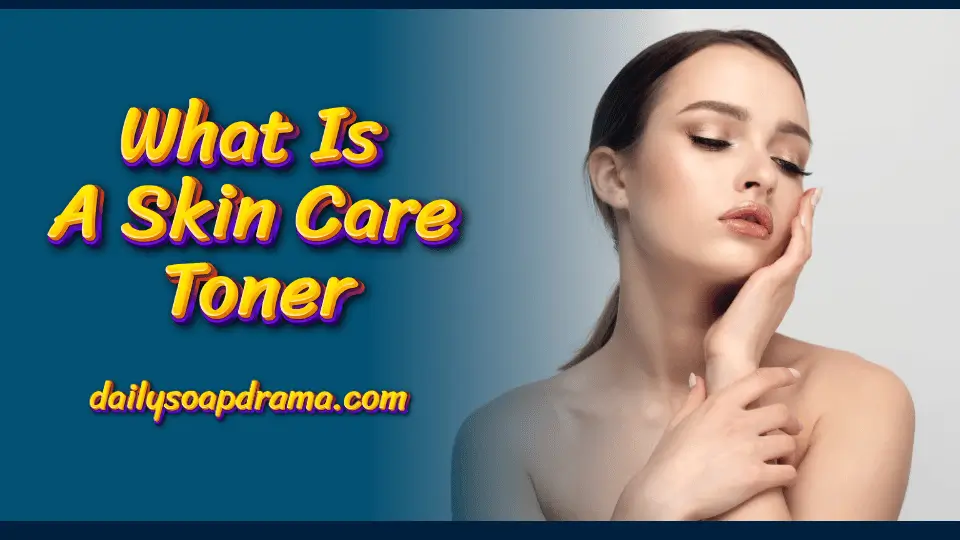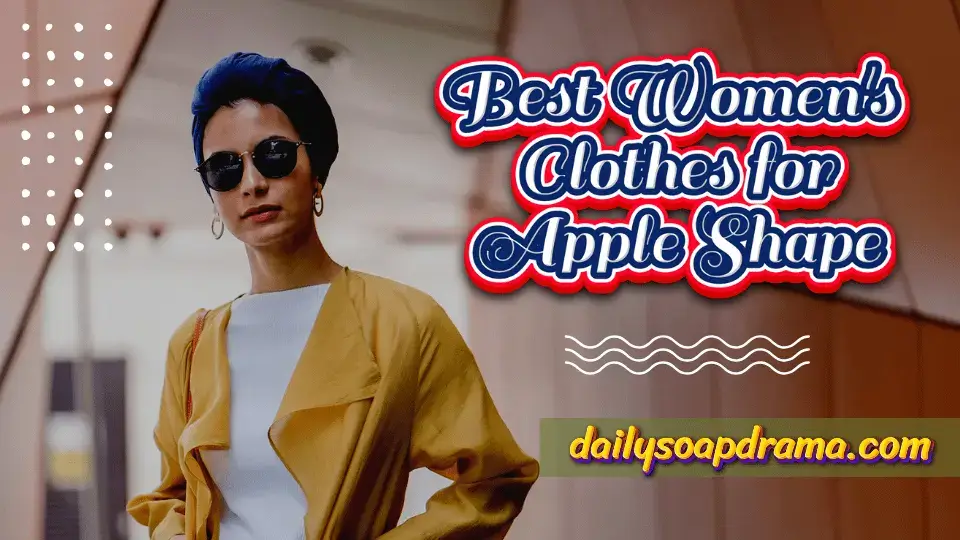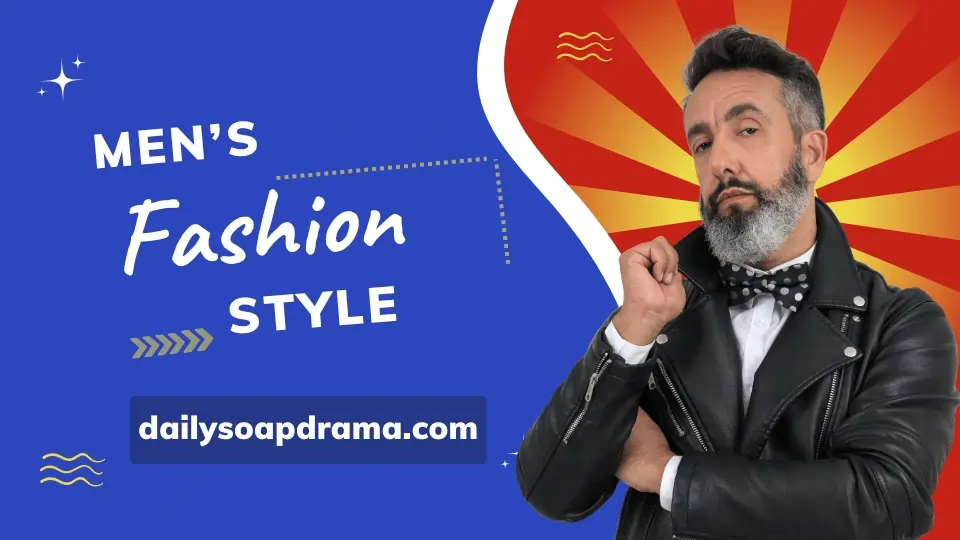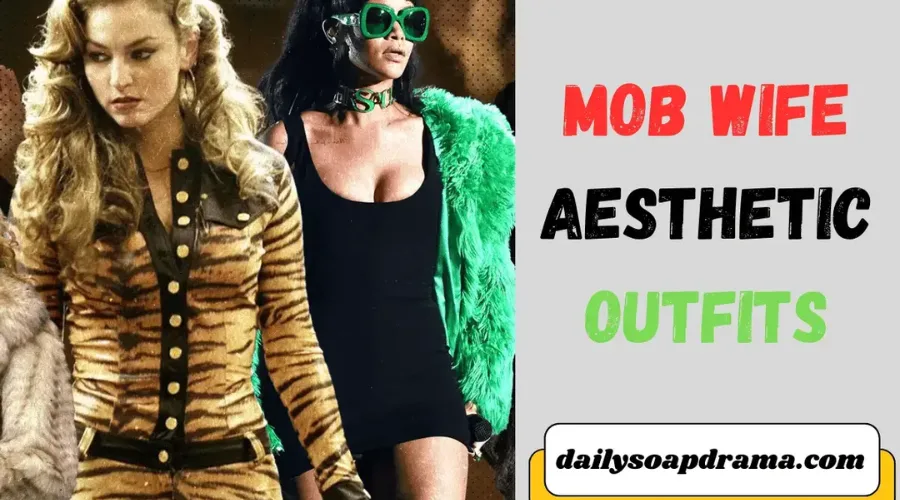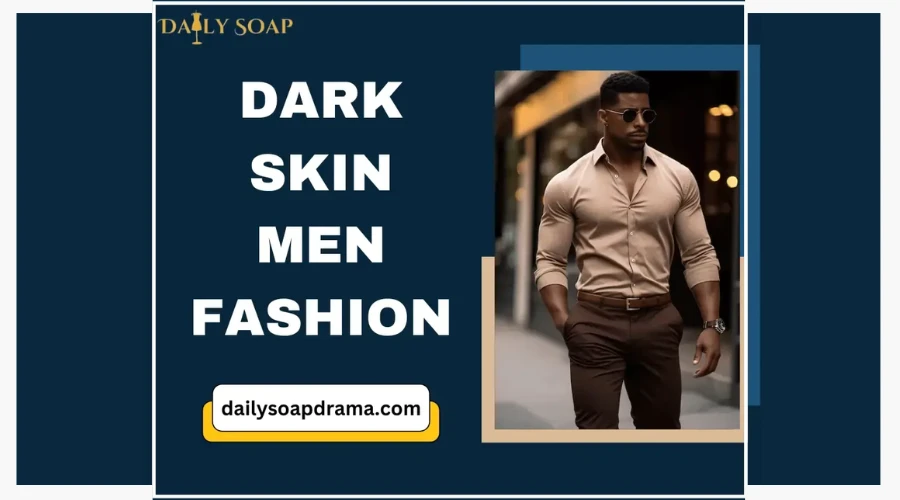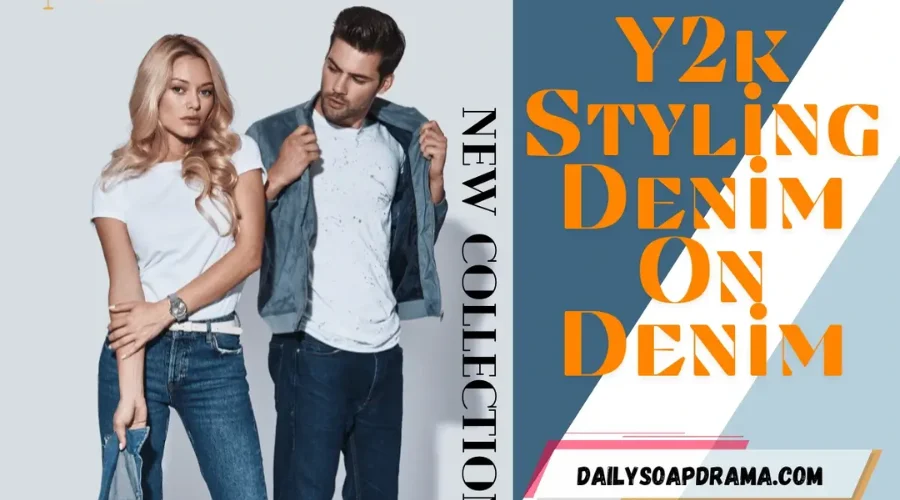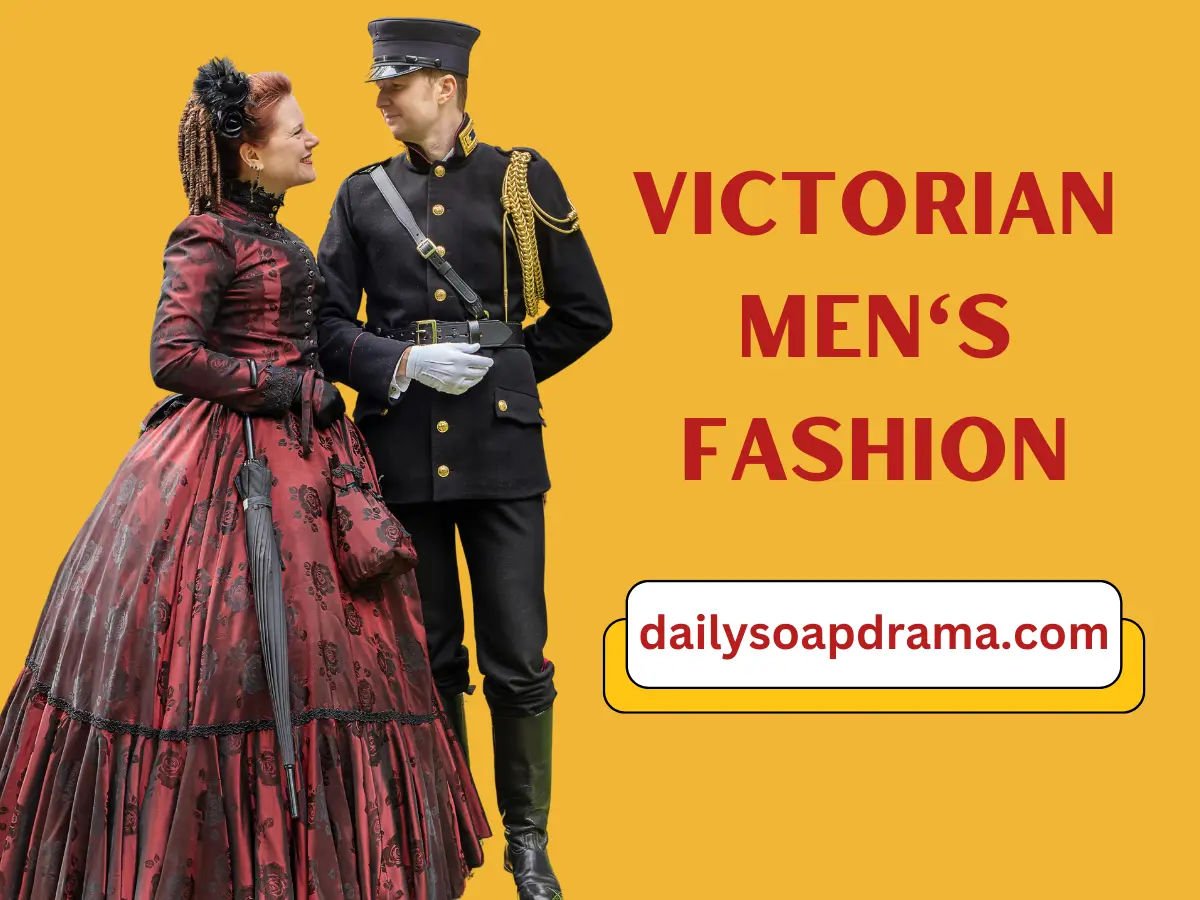The 50’s mens fashion trends were all about sharp tailoring, bold colors, and effortless cool. From high-waisted trousers to bowling shirts, the 1950s defined a golden era of menswear. Whether you love 1950s greaser fashion or retro office wear, this guide covers everything—1950s men’s clothing styles, key accessories, and how to recreate these looks today.
50's mens fashion trends A Approach Changing
Following the Second World War, men's clothes evolved towards simpler and informal styles. Sports coats, casual shirts, and the leather jacket with a white t-shirt popularized by period films were launched.
icons of young protest as rock n' roll music rose were greasine-back hair, jeans, and leather jackets. At the same time, the Beat Generation, lead by Jack Kerouac, adopted a distinct style. They liked turtlenecks, berets, and fitted suits for a more intellectual and bohemian look.
Suits
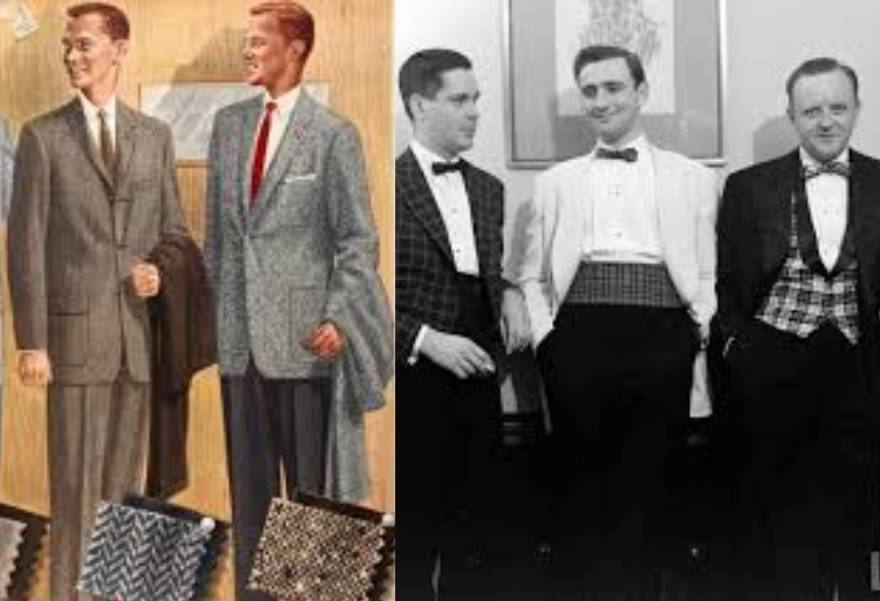
A manly shape with clean lines defined 1950s suits. Over the decade, the straight sillouete grew more form-fitting and smaller, making shoulderpads that created a V-shaped torso less popular.
Double-breasted suits were remained popular, but single-breasted jackets with broader lapels and rounder tips were becoming more popular.The Brioni-invited Roman-style suit debuted. Its main contribution to modern style was the addition of side vents (one on each hip) instead of the single back vent in the American sack suit.
Fabrics were crucial, with polyester gaining popularity in 1950s men's design despite its 1940s invention. However, wool, flannel, and ultra-luxurious mohair remained popular for their durability and elegance. The colour palette was mostly grey, blue, and brown, although more brilliant colours and patterns were introduced by the conclusion of the decade.
Shirts
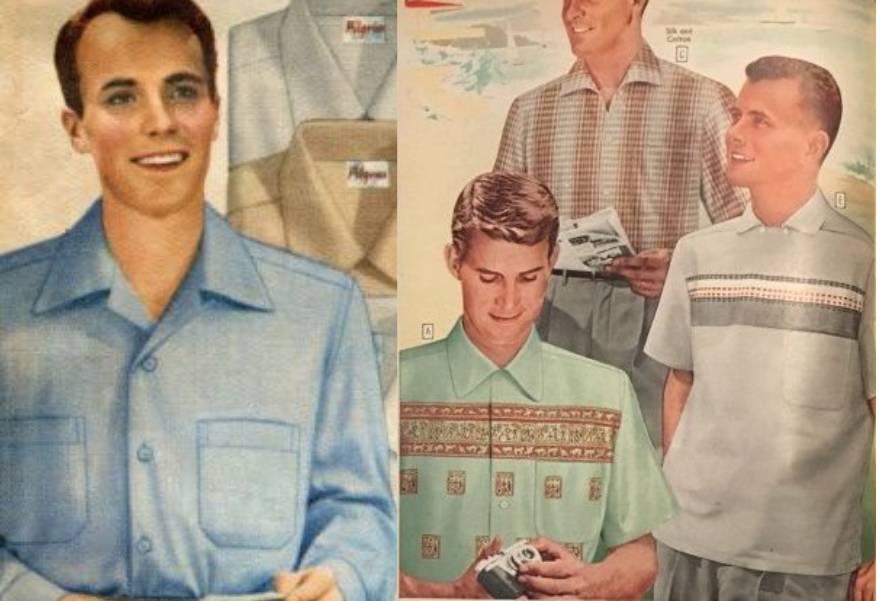
Strong motifs and vibrant colours characterise early 1950s cotton or linen shirts. According to some, 1950s men's fashion loved pastel colours for thicker ties. The shorter point collar, spread collar, and club collar (rounded edges) were most popular for formal and casual settings. Men's fashion of the 1950s favoured attached collars for comfort and simplicity of use, unlike the 1920s' detachable collars.
To express leisure and comfort, 1950s men's fashion created casual shirt styles like the polo shirt and Cuban collar shirt. Inspired by Hollywood stars like Marlon Brando (in 1951's A Streetcar Named Desire), the simple t-shirt became a casual wardrobe staple this decade and remains popular today.
Read also: Roaring Twenties Men's Fashion: Bringing Back 1920s Style
Pants
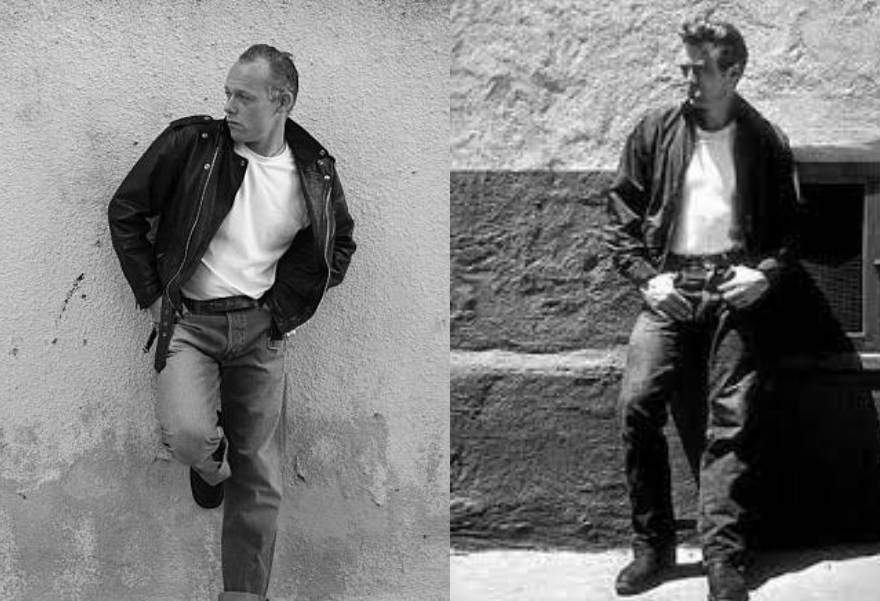
Following the worse cut of previous decades, 1950s trousers stressed comfort and flexibility. Bottom cuffs were stylish on jeans and trousers. Height and fit determined the cuff's 2-4 inches. Men's 1950s fashion preferred high-waisted, single- or double-pleated trousers for length. Stronger colours and checkered patterns were particularly popular for Bermuda or knee-length shorts.
Inspired by Hollywood and the music industry, denim jeans became a popular casual wear option, especially among young people. Preppy fashion also popularised chinos and khakis for informal and semi-formal situations as a lighter, more adaptable alternative to wool pants.
Sweaters, weaves
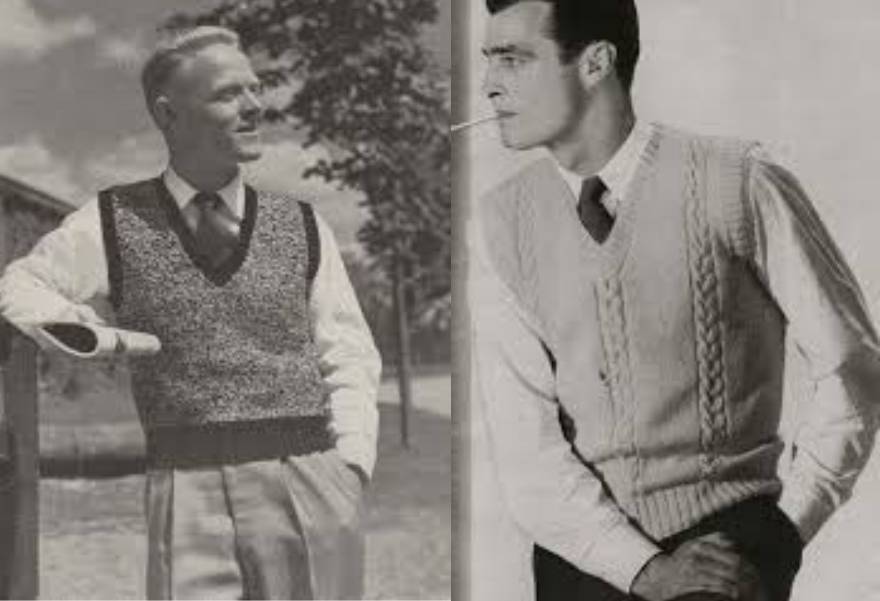
1950s men's fashion favoured sweaters and knitwear, reflecting the move towards more casual and flexible clothing. The comfort and practicality of sweaters made them popular. Usually worn over shirts for smart-casual. Especially popular was the V-neck jumper. While wool was still utilised, synthetic fibres made sweaters and knitwear more inexpensive and appealing to men.
Jackets, outerwear
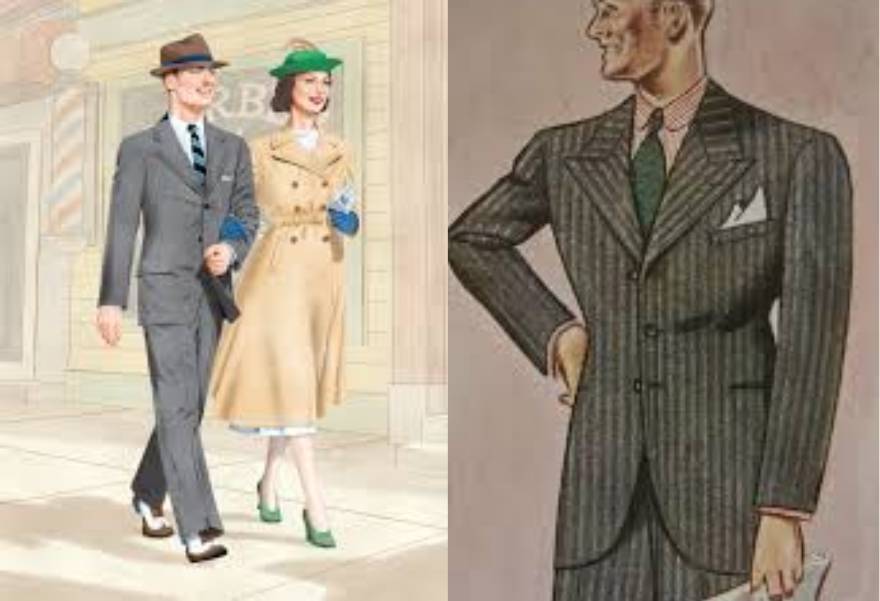
A mix of fashion trends and innovation defined "1950s outerwear and men's coats," meeting both useful and stylish demands.
Easygoing males wore cardigans, leisure jackets, and sport coats. Hollywood impacted the decade's teenage revolution, which inspired leather motorcycle jackets and subcultures. For damp weather, the trench coat was popular, while the pea coat was warm and durable in winter. 1950s outerwear let men express themselves and adapt to changing societal conventions while being functional and comfortable.
Footwear
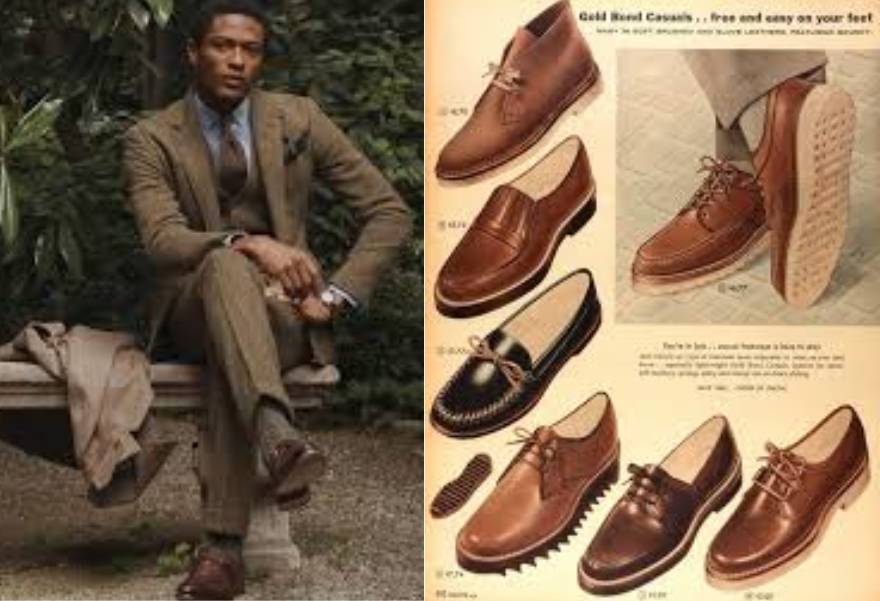
Shoes reflected 1950s fashion's mix of old and modern trends. Formal attire included Oxford shoes in patent leather for nighttime use. Original casual shoes, loafers were comfortable and easy to wear. Fine leather formalized it. Desert boots and chukkas looked stylish with chinos and denim. Young culture and personalities like James Dean helped sneakers like Converse (still renowned) become casual.
In the 1950s, men's fashion found a balance between following traditions and being comfortable, adaptable, and able to show who you are.
Read also: Men's Rockabilly Fashion: Essential Style Tips and Tricks
Men’s Formal wear in the 1950s

Men's 1950s formalwear maintained elegance and sophistication. Formal occasions in that era were defined by tailored clothes and meticulousness. Tuxedos were excellent for evening wear. A black or dark blue single-breasted jacket with a shawl or peak collar. The dinner jacket was less conventional for nighttime functions in warmer climates due to its lighter colors and materials.
Most formal shirts were white with wingtip or turndown collars. A bow tie or slender necktie accompanied them. Finishing with polished leather shoes, cummerbunds, and waistcoats added sophistication. The rise of bespoke sewing allowed men to customize their formalwear with unique fits and features. Even in formal contexts, personal flair matters.
What Did Men Wear in the 1950s Casual
Casual 50s outfits were about comfort with flair:
- Bowling shirts (1950s): Often patterned and brightly colored.
- Chinos and khakis: Relaxed yet clean.
- Crew-neck sweaters and cardigans.
- Denim jeans: Cuffed at the ankle.
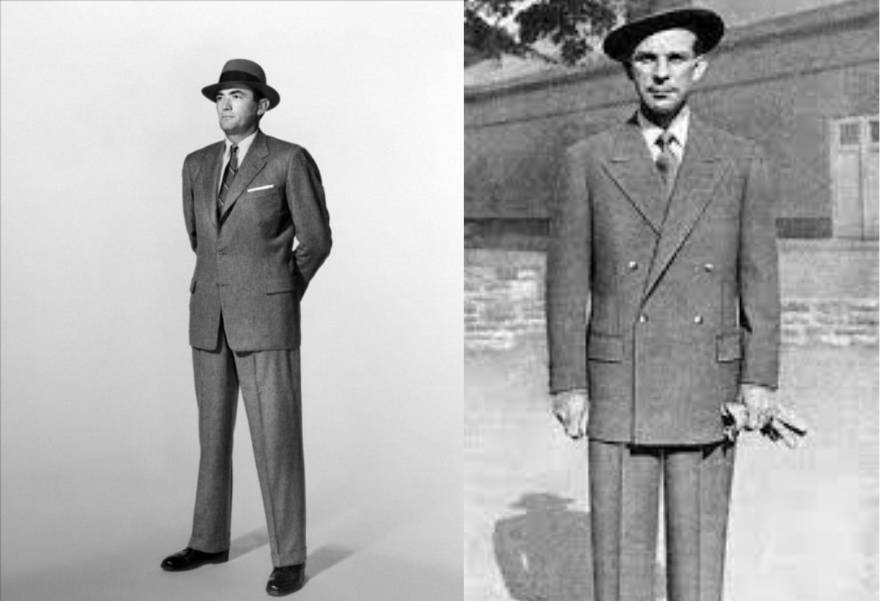
"50's men's fashion trends casual" had a lot more casual clothes than "rock and roll" clothes. People wear plaid and checked button-down shirts a lot. With slacks or pants, these outfits were great for work or a night out.
The classic appeal of polo shirts
"1950s men's fashion casual" included polo shirts, which I love. Because it's light and can be dressed up or down, it's great for any event. The polo shirt looked clean and stylish whether it was worn with pants or jeans.
Read also: Stylish Mens Clothing On A Budget: High Style, Low Cost
Men’s Accessories in the 1950s
Hats
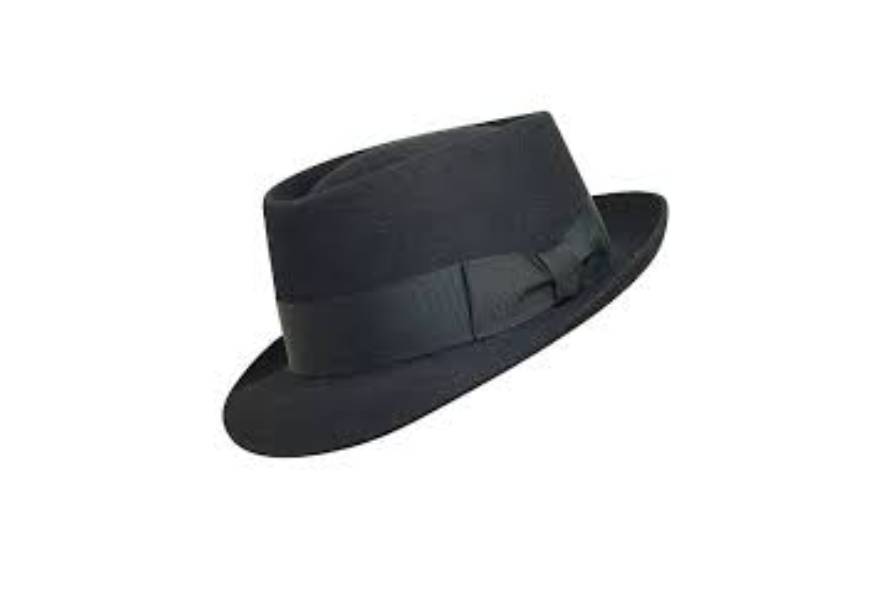
Hats lost popularity in the 1950s as men's haircuts became more popular. As long as men wanted to seem more put-together, the fedora with its broad brim and curved crown was trendy. Shorter-capped trilbies were more informal and could be worn to work and play.
The flat cap, baseball cap, and newsboy cap offered informal events working-class flare. These hats showed how different classes mixed styles across the decade. Although hats lost favor during the decade, they were still a status symbol and vital to a well-dressed man's suit.
Shirts
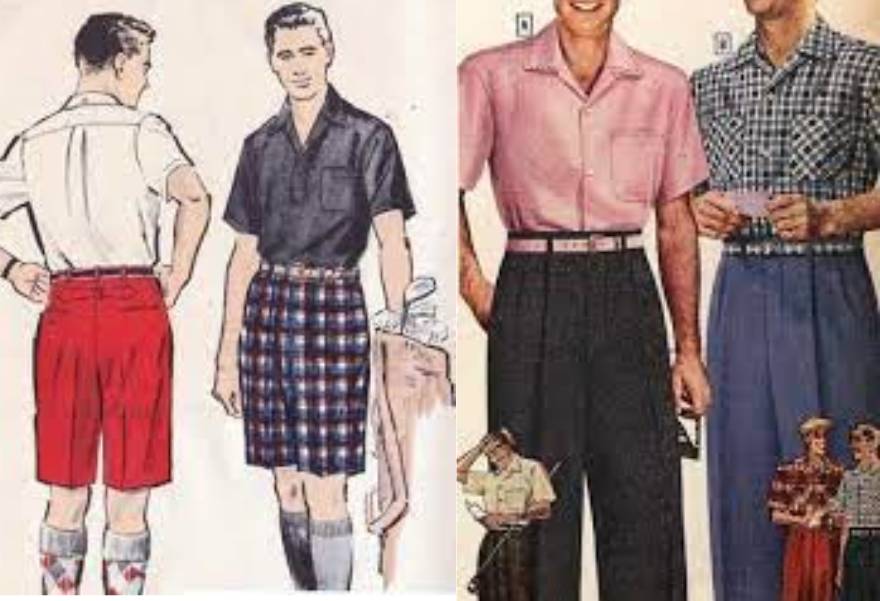
In the 1950s, watches were more than just ways to tell time. They were also signs of style and social rank. The decade saw the rise of high-end Swiss names like Rolex, Omega, and Patek Philippe, which were the leaders in design and new ideas.
Most watches were mechanical and could be wound by hand or instantly. They had simple, beautiful designs and came with leather straps or metal bands. Dive watches and chronographs also became more popular, which shows that people are becoming more interested in sports and outdoor activities.
Ties

Men wore ties in 1950s. Professional wild and bright tie designs showed business and flair. It was becoming common but looked fine to work or attend events without one. This decade brought back pre-war colorful clothes with larger ties and sharp tips. They were brightly colored with paisley, stripe, and polka dots.
Silk, wool, rayon, polyester, and cotton knit were used to make ties. They matched daytime fitted ensembles with structure and shine. Pre-tied bow ties were popular. It was prettier and easier to dress than a necktie.
Shoulder straps and belts
Due to their comfort and style, suspenders were still a popular solution to hold pants in place. Still, belts became increasingly widespread in the 1950s. Partly because men's attire got more informal. Leather belts were considered more contemporary and helpful since they come in a variety of sizes and styles for fancy and casual attire.
Glasses
In the 1950s, functional spectacles were fashionable. Horn-rimmed spectacles' thick frames offered men a smarter image. People appreciated wearing metal-rimmed spectacles and aviators for their sleek style.
Movies and outdoor activities made sunglasses increasingly common. Wayfarers and aviators were worn by cool, laid-back people.
Read also: Old Money Aesthetic: How To Dress Greatly And Look Stylish
Some trendy men's accessories in the 1950s
Men's 1950s fashion incorporated several accessories to make their garments more distinctive and fashionable. Many individuals knotted scarves beneath their coat collars in winter. Signet rings and chain bands were fashionable for males. Accessorizing became a menswear style after this. These accessories completed the style and enabled men express themselves in a fast-growing, individualistic society.
Men’s Grooming Trends in the 1950s
Men's Hairstyles in the 1950s
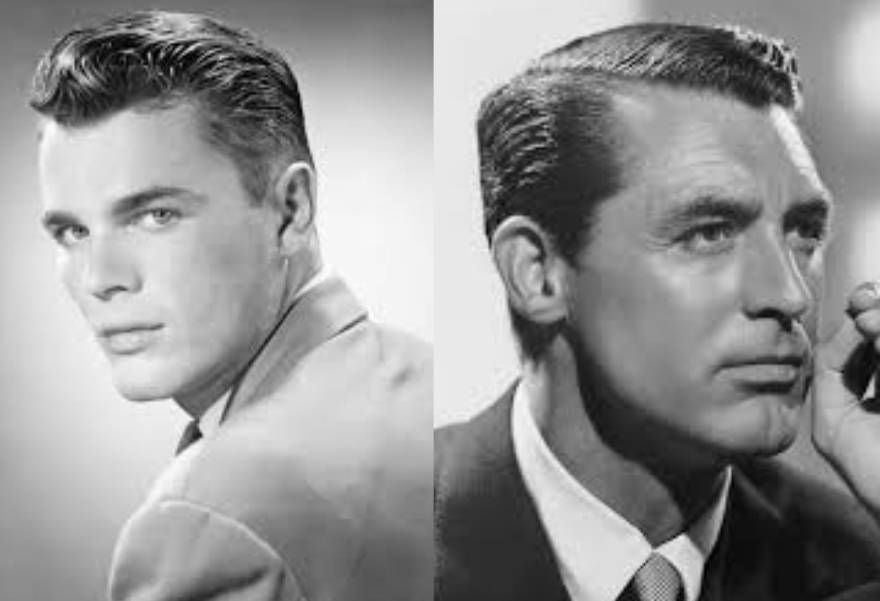
Several 1950s male hairstyles combined traditional and bold styles. The crew cut and Ivy League style were popular because they were clean and ordered, embodying post-World War II conventional ideals. Businessmen may wear short, basic designs.
Elvis Presley and James Dean popularized the pompadour and quiff, symbolizing youthful rebellion. Other popular designs included the ducktail. The rear of the head has duck-like hair. Although unpopular at work, this style showed how rock 'n' roll influenced society and fashion. Sideburns resurfaced late in the decade and gained popularity. Another creative self-grooming.
1950s Hair on the Face
- Most individuals had short facial hair in the 1950s. This was the most popular approach to appear good. People valued neatness and regulations, especially at work, during that period.
- However, certain groups rediscovered moustaches. Thin and beautifully trimmed, they offered men an elegant or rugged look.
- Artists and free spirits favored the mustache and Van Dyke beard, but average folks didn't. These styles enable people express themselves within traditional grooming norms.
- Grooming regulations relaxed in the late 1950s. The 1960s' more imaginative and varied styles were allowed.
Trendy Outfits and Styles
- Many 1950s menswear trends have endured. Coats transitioned from two breast pockets to one and suit jackets became sleeker and more contemporary.
- Color was significant in 1950s fashion. Dark blue and brown suits were sought after for their elegance. However, young individuals who wanted to stand out favored vivid colors.
- Pants altered. Boxy jeans grew on younger males. Formal events favored grey and khaki pants. Bow ties, fedoras, penny shoes, and pocket squares polished clothes.
Fashion Icons and How They Affect Us
- Due to their renowned roles in movies and music, notable stars made certain 1950s men's fashion designs popular.
- In Rebel Without a Cause, James Dean played a rebellious child. His crimson raincoat and white t-shirt established the tone. This design emulated a stylish, loungy appearance that's still popular.
- The famous actor Marlon Brando favored casual clothing. Because of how he played rough-and-tumble Johnny Strabler in "The Wild One," the black biker jacket symbolized bravery and rebellion.
- Rock & roll legend Elvis Presley also influenced men's fashion. Presley showed that men's fashion may be flamboyant and expressive. His high collar, bejeweled jumpsuits, and pompadour haircut were stage staples.
By Looking at Age and Body Types
- various ages and body shapes had various 1950s fashion interests. Older men wore suits and other formal attire. People wear business clothing to professional functions to seem confident and professional.
- However, younger men liked informal and rebellious clothes. They enjoyed jeans, leather jackets, and relaxed designs. Body type also affected fit and contour.
- Thinner people looked good in slim-fitting trousers and tailored outfits. Bigger people preferred looser, open-cut garments for comfort.
Style and Social Change
- Social and cultural issues shaped 1950s fashion. Early postwar style was classic and conservative. People wanted to return to normal after World War II, therefore they valued family and conventions more.
- Men desired a formal, professional style to show their home leadership and financial source. Business and style were shown everyday in suits, ties, and hats.
- The decade saw youth unrest and revolution. Rock 'n' roll, movies, and Marlon Brando changed fashion. Casual, innovative clothing replaced traditional, conventional trends.
- Blue jeans, leather jackets, and T-shirts portrayed youth rejecting traditional ideals. These clothes were a fringe movement that desired social change.
- Thus, 1950s fashion paralleled society's evolution. When we view fashion in its cultural context, it's more than just taste; it's a powerful way to express ourselves and define ourselves.
Read also: The Top Japanese Men's Fashion Trends of the Year
Why 1950s Men’s Fashion is Still Relevant
Most surprises me how "50's mens fashion trends" still influence modern designs. Still in demand are several 1950s items including classic suits, appropriate jeans, and leather jackets. The adaptability of these designs permits them to be appropriate for current trends, therefore proving that great fashion truly never goes out of style.
Wearing old clothes in today's style
Vintage 1950s garments are trendy again because they connect people to the past. Classics like knit sweaters with cardigans, denim coats, knee-high socks, and short jackets are returning. Old clothes carry back memories, which makes them desirable.
White, formal, and plaid 1950s shirts are very popular now. You may dress them a million ways with suits, jeans, or boots. With removable collars, white stockings, and straw hats, any ensemble can be vintage.
The white suit is become popular again. It was hazardous before. With vibrant accessories and sophisticated twists, the white suit exudes confidence and flair. A classier alternative to black suits, navy blue suits are also a menswear staple.
Expert Tips to Master 1950s Style
- Keep your outfit fitted, not tight.
- Choose one bold statement piece.
- Mix vintage with modern basics (e.g., a 50s blazer with skinny jeans).
- Watch old movies to study real-life 1950s style.
Best Places to Buy 1950s Men’s Clothing Today
If you enjoy the 50's mens fashion trends and find yourself thinking "where to buy 1950s Men clothing" today. Many vintage shops and internet merchants specialise in 1950s-style fashion. Specialised vintage stores, thrift stores, and internet markets like Etsy and eBay are some of my favourite sites to hunt for these things. Modern companies also include 1950s-inspired clothing like classic polo shirts, slim-fit trousers, and custom suits.
Conclusion
The 50’s mens fashion trends remain iconic—from greaser rebellion to Ivy League sophistication. By mixing vintage 50s menswear with modern fits, you can create a timeless style. Start with high-waisted trousers, bowling shirts, and fedora hats to nail the look!
FAQ's 50's mens fashion trends
What was the clothing style in the 50's for men?
Many men in the early 1950s sport loose, conservatively colored suits with thin ties. Men's outfits grew more textured, vibrant, and laid back as the decade went on. Men used light sports jackets and bright shirts along with pants for fun.
What do men wear to a 50s party?
Young men dressed for such a big event, therefore you will want a 1950s tuxedo. Most prom Kings donned white shawl collar tuxedo jacket over black tuxedo trousers and white tuxedo shirt with black bow tie. The finishing touch was a pink carnation or whatever color to complement the clothing your date wore.
What should a man in his 50s wear?
Go for a slim, two-button jacket with larger lapels and well-tailored, flat-fronted pants if you're not sure what to buy. Give your ties some freshness; if you're feeling brave, substitute a sleek rollneck sweater for those worn-out, old formal shirts.
How to look like a 50s man?
These are the must-have 1950s men's fashion items that characterize the time and still influence style today.
- Collared shirt from Cuba.
- Pleated Trousers.
- Men's shoes in the 1950s were penny loafers.
- Polo made from knitted threads.
- Sport coats and blouson jacket.
- Leather Journal.
What did men wear in the 1950s casual?
Casual wear included bowling shirts, cuffed jeans, and saddle shoes or loafers.
What type of jeans should a 50 year old man wear?
Generally speaking, an older guy would seem most suited in a straight leg with a mid-rise. Usually covering most height ranges, this kind of jeans.
What clothes should older men wear?
Stay away from too tight or baggy clothes. Customized items like pants and coats may really change things. Select Quality Textiles: Invest in comfortable, durable clothing created from premium fabrics including wool, cotton, and linen. Keep it straightforward. Choose subdued designs and plain hues.
Is 50 too old to wear ripped jeans?
Any age might be a stylish choice for distressed jeans, so you shouldn't allow them scare you. They provide an appearance more laid-back and informal and bring charm.
What is the fashion trend for older men in 2024?
Lock your closet if you're male and over 60; your children, grandchildren, and relations may plunder it for cardigans, vests, knitwear, tweed blazers and loafers. Since this is a gender-neutral fashion trend, everyone will be after your stuff! The "eclectic grandpa" fashion is hot in 2024.
what are the current trends in men's fashion?
- Oversized apparel: Jackets, shirts, and pants are all part of this style. Skateboarding and hip-hop are the main sources of inspiration for oversized coats.
- Streetwear: Emphasizing individualism and self-expression, this look is relaxed and comfortable. Statement accessories, shoes, hoodies, and graphic shirts are examples of streetwear.
- Heritage-inspired fashion: This easygoing, preppy look features sweaters, barn jackets, and topcoats.
- Denim jackets: The denim jacket has returned to popularity.
- Floral and tie-dye patterns are becoming more popular.
- Chinos: Chinos will remain in style since they are a very adaptable item of apparel.
- Tweeds from the 1990s: These weeds are becoming more popular.
what should you not wear in your 50s?
It's generally advised that you stay away from clothing that is too revealing, too tight, too short, or heavily trend-focused when you're in your 50s because these styles may not fit your body type and may seem out of place for your age group. Instead, focus on well-fitting, timeless pieces that complement your individual style while still looking mature.
will the 50s style come back
As much as we love the fashion trends of the '90s and early aughts, we've also been there and done that. It's time to embrace some of the more elevated styles from decades past, starting with '50s fashion. Out of all the decades, there's a reason outfits from the 1950s have remained relevant.

